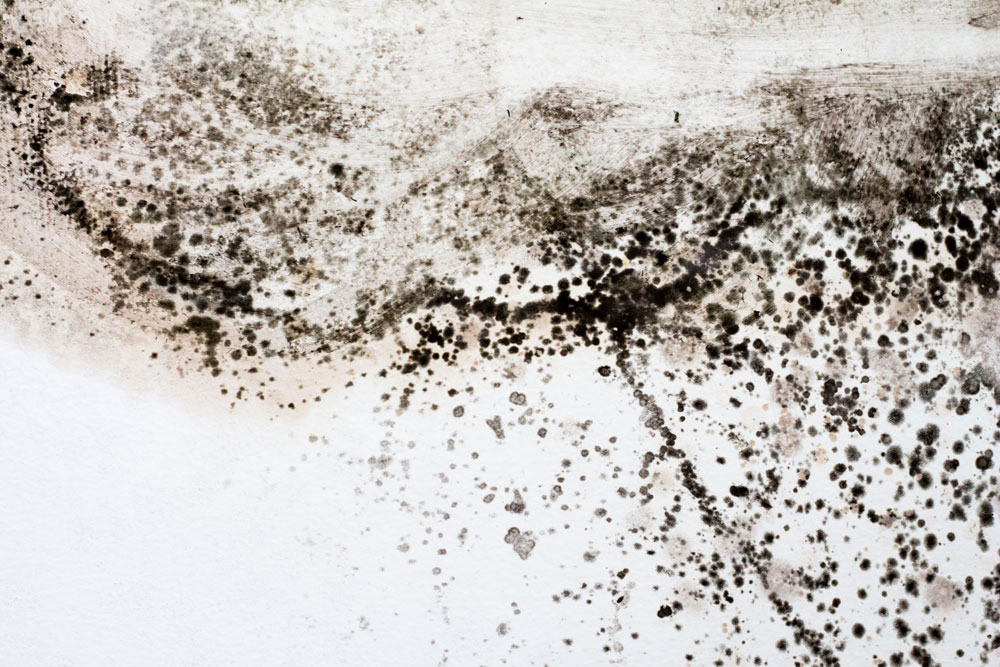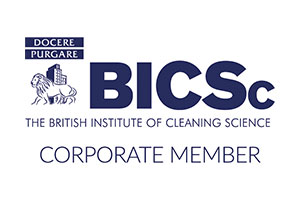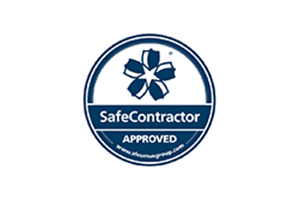How To Get Rid Of Mould In The Kitchen
 CONTENTS
CONTENTS
- What causes mould to grow in the kitchen?
- The dangers of mould
- How to remove mould
- How to prevent mould growing in the kitchen
- Contact us today
One of the most common places for mould to grow is in the kitchen. Unfortunately, it usually grows in cupboards, behind appliances, and near pipes, and can quickly become an out-of-control problem without being noticed.
At ICE Cleaning, we offer thorough and long-lasting mould remediation services. Our Dewpoint-accredited technicians can remove all traces of the spores from the surfaces and the air in your property. They are available day and night, 365 days a year, including bank holidays.
Keep reading to find out why mould is growing in your kitchen and how to get rid of it.
What causes mould to grow in the kitchen?
Mould grows in environments with lots of excess moisture. It can typically be found in areas of the home that have high humidity, damp, poor ventilation, or condensation on surfaces, like tiles and windowsills.
Just like bathrooms, kitchens provide the perfect conditions for mould to grow due to the amount of steam and humidity produced during cooking and washing. The surfaces are prone to getting splashed with water, too.
Older properties are especially vulnerable to mould growing in the kitchen due to insufficient ventilation. You can normally find it in damp, wet, and poorly ventilated areas such as:
- The sink
- Storage areas like cupboards
- On grout
- On ceilings and walls
- On windowsills
- The walls behind kitchen units and appliances
- Inside appliances like dishwashers and washing machines
There are also plenty of food sources available for mould in the kitchen, namely rotting food in the cupboards, fridge, and bin. If mould starts growing on food stored in your kitchen, it could spread to surfaces and the rest of your home, like the cupboards it is stored in.
The dangers of mould
Mould produces allergens, irritants, and on occasion, toxic substances. When mould spores are inhaled, ingested, or touched, it can trigger an allergic reaction and you may experience itchy skin, a stuffy nose, and wheezing.
People with asthma or mould allergies, or people exposed to large amounts of mould for long periods of time, are likely to have more serious reactions. You can find out more about the effects of mould exposure here.
It is especially dangerous if its growing in your kitchen. Mould in kitchen cupboards, for example, can spread to kitchenware, putting you at risk of ingesting the spores.
Appliances that contain mould, like washing machines, could spread the spores to your possessions, as well. Should your clothes get mouldy, your skin will be in close contact with the spores for long periods of time.
How to remove mould
It might be tempting to use household cleaning products to treat the mould in your home, but most will not provide a lasting solution to the problem. Without specialist products and equipment, you may probably only remove the surface spores so it will quickly return.
You will also be putting your health at risk when attempting to clean it as you could be in close contact with the spores.
You should contact mould removal companies, instead, to quickly and thoroughly remove all the spores safely. Their mould experts will have the personal protective equipment (PPE) and cleaning products and tools to eliminate all the spores in your property.
Mould removal specialists will be able to diagnose the root cause of the mould, too, and advise on how to stop it coming back in the future.
How to prevent mould growing in the kitchen
There are lots of ways to stop mould growing in your property such as keeping humidity levels below 50%, regularly opening windows, and repairing leaks as soon as they happen. But there are some specific measures you can take to stop mould in your kitchen, such as:
- Using extractor fans to reduce the amount of moisture in the air
- Ventilating the kitchen during and after cooking
- Throwing out food before it becomes mouldy
- Regularly checking cupboards and appliances for the signs of mould
- Cleaning your kitchen regularly to remove any dropped or crumbs of food
- Cleaning the inside of cabinets and food storage areas
- Cleaning appliances after use and ensuring they are dry before putting them away
- Making sure surfaces are kept dry
Contact us today
Our mould removal service can quickly restore your kitchen to a safe, clean environment to store and prepare food. Each mould remediation comes with a lifetime guarantee* to ensure your property stays mould-free in the future.
Get in touch with our team today for a free site survey and no-obligation quote by calling 0208 066 0360 or sending an email to enquiries@icecleaning.co.uk.
*subject to advisories

Speak with me today,
I’m here to help
By asking you a few questions either via phone or email I can immediately provide a realistic estimation of the cost.
You’re in good company. We’ve cleaned for the following commercial clients… View all

Why choose us?
- Cater to a wide variety of cleaning situations
- Nationwide coverage, available 24/7
- Cater to commercial and domestic clients
- Free survey provided prior to quotation
- Emergency response team
- Offer a bespoke service designed to suit all your needs
- All technicians hold professional health and safety qualifications, including BICSc, IOSH, Dewpoint Professional & Safe Contractor
We’re fully accredited
We place best practise, professional expertise and health and safety at the core of our business. We’re fully compliant with all legal obligations. You can view a list of our accreditations below, or visit our Health & Safety page for more information.











-RGB-small.1707319151.jpg)




















